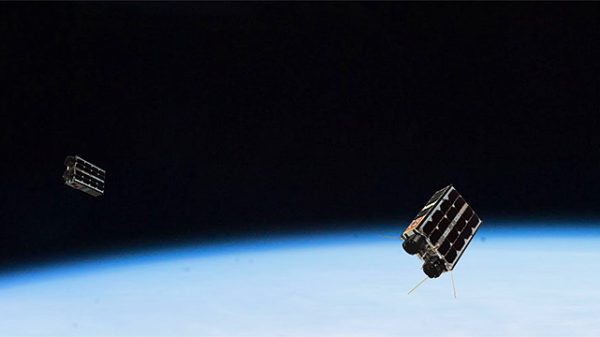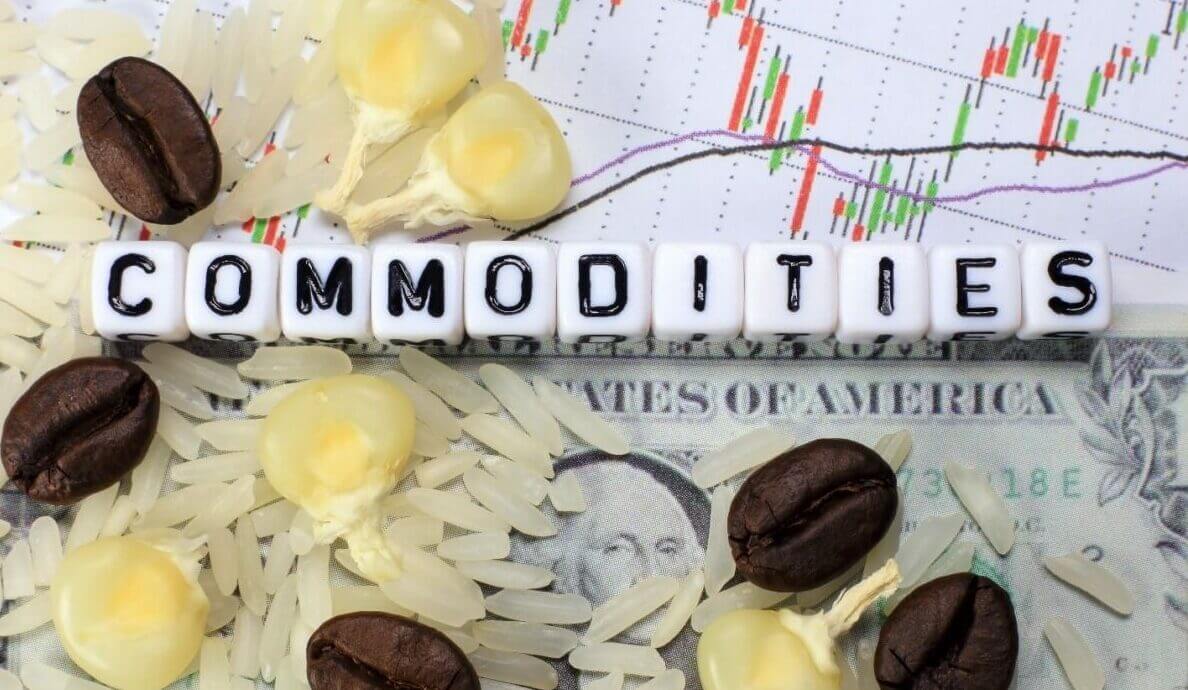Commodities Finance Supply Challenges: Brent-WTI Spread
The London Metal Exchange (LME) experienced a surge in zinc inventories, leading to a deeper contango in commodities finance. The influx of zinc into LME warehouses, particularly from Port Klang, resulted in a rise of 13,175 tonnes, bringing the total to 87,500 tonnes, the highest level since June 2022. Concurrently, on-warrant stocks increased by 13,775 tonnes to 81,825 tonnes, the highest since April 2022. These developments, along with the widening cash/3m contango for zinc, indicate an ample supply situation in the short term.
The Brent-WTI spread a key indicator of CFD commodities market sentiment, widened to a two-month high of $5 per barrel. This increase came as ICE Brent crude traded slightly positively, while NYMEX WTI crude experienced softer trading. The American Petroleum Institute (API) reported a surprising build in US crude oil inventories, with a 5.2 million barrel increase over the previous week. Expectations had anticipated a withdrawal of approximately 1.2 million barrels, making this inventory growth the largest weekly build in over three months. Additionally, Cushing crude oil stocks rose by 1.78 million barrels.
TTF Natural Gas Storage Levels Provide Comfort; Zinc Inflows Impact LME Warehouses
TTF natural gas prices briefly surged to around €29/MWh before retreating to approximately €25/MWh following an operational halt at Equinor’s Hammerfest LNG plant in Norway due to a leak. The plant, which experienced an unplanned halt of over three weeks, was restarted over the weekend. Despite this disruption, Europe maintains a sufficient natural gas supply for the summer, with gas storage tanks filled at 68.6% of capacity, surpassing the five-year average of 50.6% at this stage. The market finds reassurance in the adequate supply levels, considering gas to be one of the best commodities to invest in.
Chile reported a 5.2% month-on-month drop in copper output in April. Project delays, water restrictions, and lower ore quality affected the matter greatly. Cumulatively, copper production declined by 2.1% year-on-year for the first four months of the year. In parallel, LME data reveals an increase in zinc inventories, with on-warrant stocks rising to 81,825 tonnes, the highest level since April 2022. The influx of zinc into LME warehouses, including the notable additions from Port Klang, reflects changing dynamics in the metal markets and may contribute to the broader supply landscape.
Palladium Supply Deficit Revised Down, Nickel Market to Face Surplus
MMC Norilsk Nickel has revised its estimates for the palladium supply deficit to 200koz, down from the previously projected 300koz. The revision accounts for the impact of new emissions regulations in China. Furthermore, Norilsk Nickel expects the global nickel market to encounter a supply surplus of 200kt in 2023. That’s a significant increase from the previous estimate of 120kt. Signaling potential shifts in the nickel commodities finance dynamics, the surplus is primarily driven by the ramping up of new nickel pig iron (NPI) and NPI-to-matte capacities in Indonesia.
The spread between Robusta and Arabica coffee tightened, trading near the lowest level since January 2021 at USc60/lb. Robusta prices have surged due to concerns over decreasing supplies from major producers such as Vietnam, Indonesia, and India. Meanwhile, projections of a significant Arabica crop from Brazil in the latter half of the year have weighed on Arabica prices. The act led to a narrowing spread between the two types of coffee. Additionally, Ukraine’s grain exports in the 2022/23 season have declined by 3.7% year-on-year, with wheat exports falling by 17%. The country’s total grain exports will most likely decrease by 40% in the current year. The disruptions in the Black Sea grain corridor and restrictions among some European countries are the leading cause.
The post Commodities Finance Supply Challenges: Brent-WTI Spread appeared first on FinanceBrokerage.
























